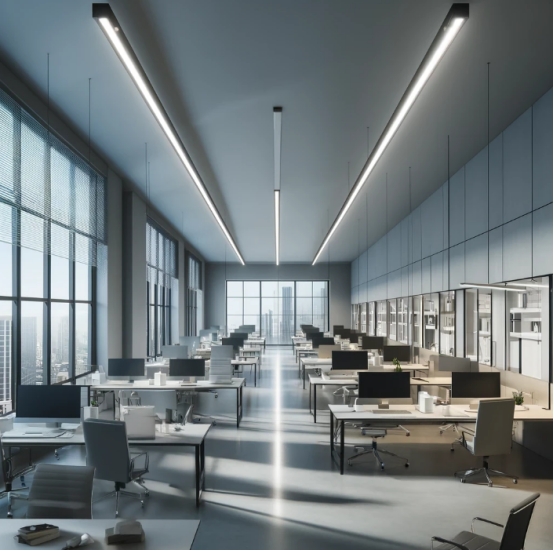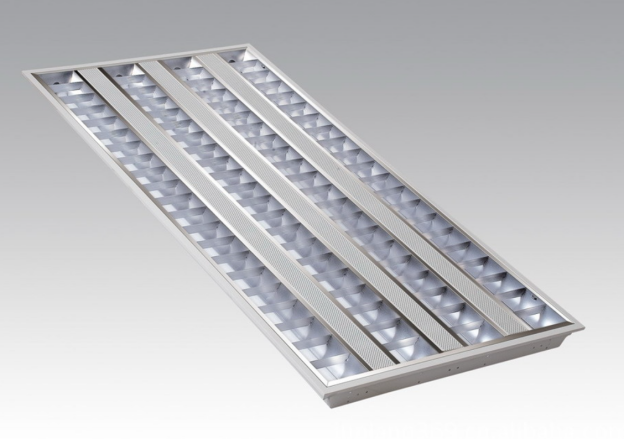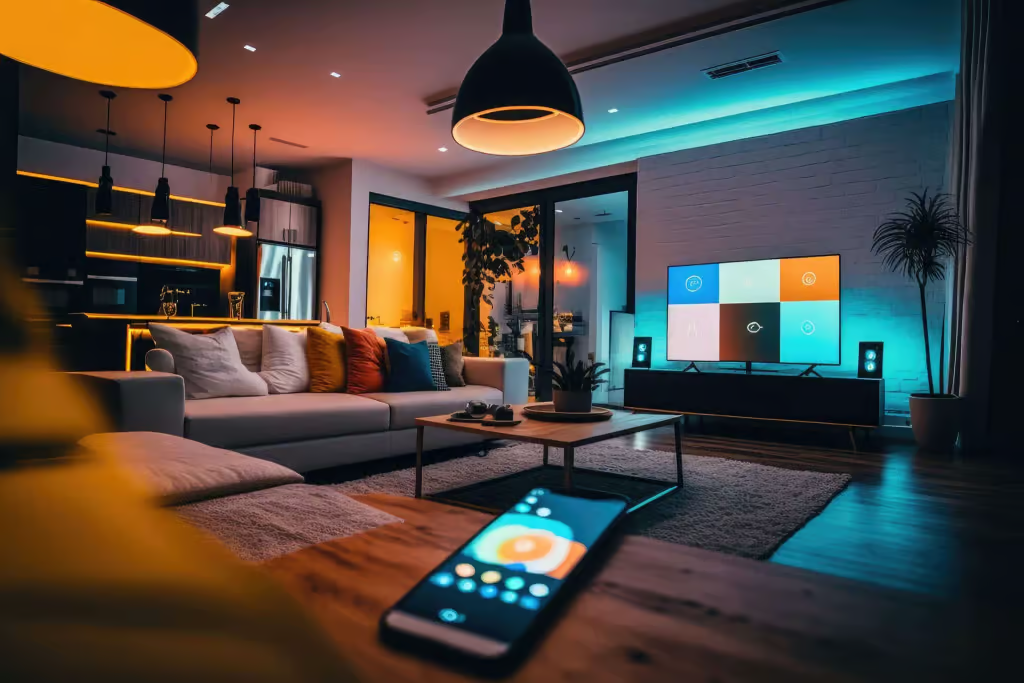
There has been a quiet revolution in lighting. From a simple utility, it has evolved into an intelligent system that can read human behavior and react accordingly.
Automatic adaptation has replaced the necessity for manual switches, resulting in surroundings that comprehend our demands before we do.
Evolution of Smart Lighting
Imagine living in a world where some individuals are less able to comprehend you than lighting. It’s already happening in households all around the world right now, so it’s not science fiction.
Early Developments
Back in the early 2000s, smart lighting was more of a tech enthusiast’s playground.
Basic communication was difficult for X10 protocols, as signals were lost in electrical noise.
Although they had annoying line-of-sight restrictions, infrared remote controls were promise.
Next came Z-Wave protocols in 2005, which changed everything.
The true magic, though? Hue Philips in 2012. Suddenly, it was as simple as tapping your phone to change the hue of the room.
Integration with Home Automation
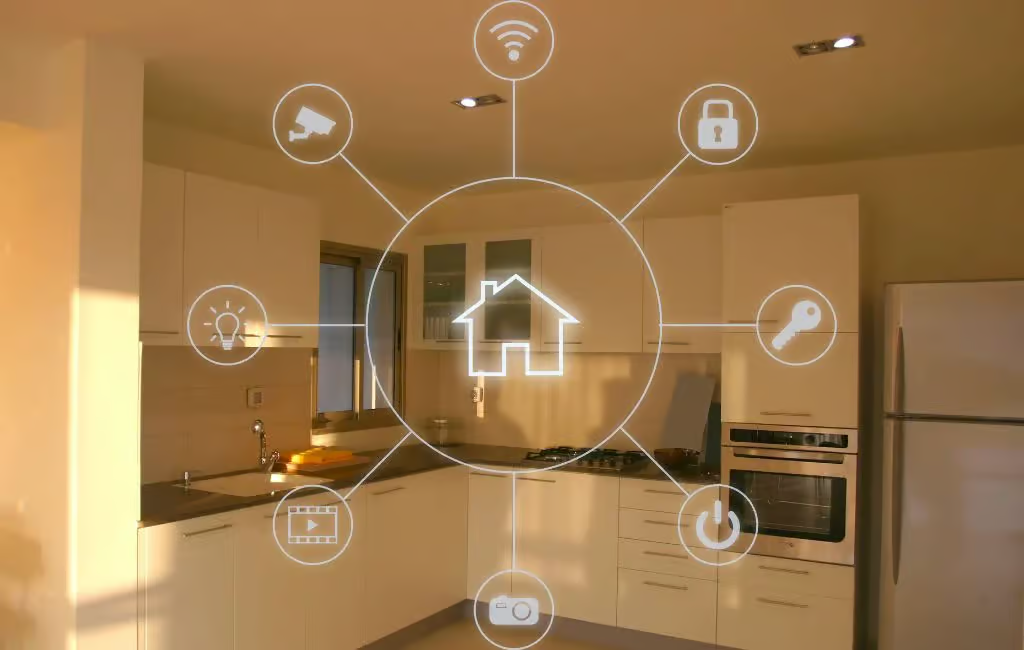
With regard to the development of smart home lighting, IT companies have adopted three distinct approaches.
Keeping things simple, Google Home implemented Wi-Fi for smart lighting using current home networks.
Just plug it in and start using it; no other hardware is needed.
By selecting Zigbee for their smart devices, Amazon took Alexa a step further.
This needs a hub but offers better reliability than Wi-Fi alone, creating a separate lane for smart home signals.
Apple HomeKit took the newest path with Thread technology, where each device helps pass signals to others.
This mesh approach works especially well in big houses, preventing dead zones.
Different paths, same goal: lights that know what you want before you do.
These systems turn ordinary switches into rooms that light up just right, exactly when needed.
Advancements in LED Technology
LED lights have drastically improved durability and efficiency, completely changing the way we light our homes.
The Department of Energy’s recent findings demonstrate the extent of this technology’s advancement.
Our everyday living areas are being transformed by these enhancements, which range from energy savings to light quality.
LED lights consume 75% less energy than traditional incandescent lights and last twenty times longer.
A high-quality LED bulb may illuminate for 50,000 hours, or more than 20 years.
The quality of the color has significantly increased.
With a Color Rendering Index score of over 90, professional LEDs are now quite near to natural sunshine.
LED lights consume 75% less energy than traditional incandescent lights and last twenty times longer.
A high-quality LED bulb may illuminate for 50,000 hours, or more than 20 years.
The quality of the color has significantly increased.
With a Color Rendering Index score of over 90, professional LEDs are now quite near to natural sunshine.
Key Features of Modern Smart LED Lighting
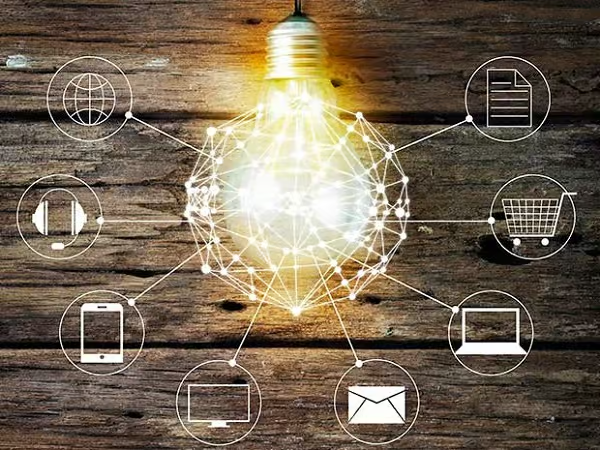
Today’s lighting isn’t just about illumination—it’s about experience. Sensors can now detect movement with incredible precision.
Networks have become so robust that controlling your entire home’s lighting from anywhere feels completely normal.
Our spaces are transforming. Rooms aren’t just rooms anymore—they’re responsive environments that understand and adapt to us.
Remote Control and Automation
Smart lighting has advanced much beyond simple remote controls. EnergyStar claims that new occupancy sensors can now automatically adjust lights in both large and small spaces by detecting movement with high-level accuracy.
These gadgets are easy to use with smartphones and may be controlled from anywhere with the internet.
The networks that underpin these capabilities have become extraordinarily resilient.
For example, the latest Bluetooth 5.0 technology can maintain stable connections through walls and floors that would have blocked earlier versions.
Wi-Fi 6 brings even greater reliability, ensuring your lights respond when needed.
Energy Efficiency
The efficiency gains of smart LED technology are well-documented and impressive. The Environmental Protection Agency reports that EnergyStar-certified LED bulbs use approximately ninety percent less energy than traditional incandescent bulbs.
A single LED bulb replacement can save up to $55 in electricity costs over its lifetime.
But the savings don’t stop there. Smart features multiply these benefits. According to studies by the Lawrence Berkeley National Laboratory, automatic dimming, occupancy detection, and scheduling can reduce lighting energy use by an additional 50-75%.
When you consider that lighting accounts for around 15% of domestic power consumption, these savings are considerable.
Customization and Ambiance Creation
Modern LED technology gives us unmatched control over the quality of light in our homes.
Professional-grade systems may adjust the color temperature from a warm 2200K (to replicate candlelight) to a cool 6500K (to simulate noon sunlight).
This range allows for natural changes throughout the day.
The color capabilities are very impressive. While the human eye can discern around 10 million colors, current LED systems can produce more than 16 million distinct hues.
This precise control enables optimum matching of moods and activities.
Integration with IoT Devices
Smart lighting reaches its full potential when it interacts with other smart home devices.
Matter, developed by the Connectivity Standards Alliance, is a worldwide standard that enables items from many manufacturers to communicate easily.
Security plays a primary role in these networked systems. All connections are encrypted using the industry standard TLS 1.3.
In addition, periodic firmware updates keep the system secure by tackling emerging threats.
Benefits of Smart LED Lighting in Smart Homes
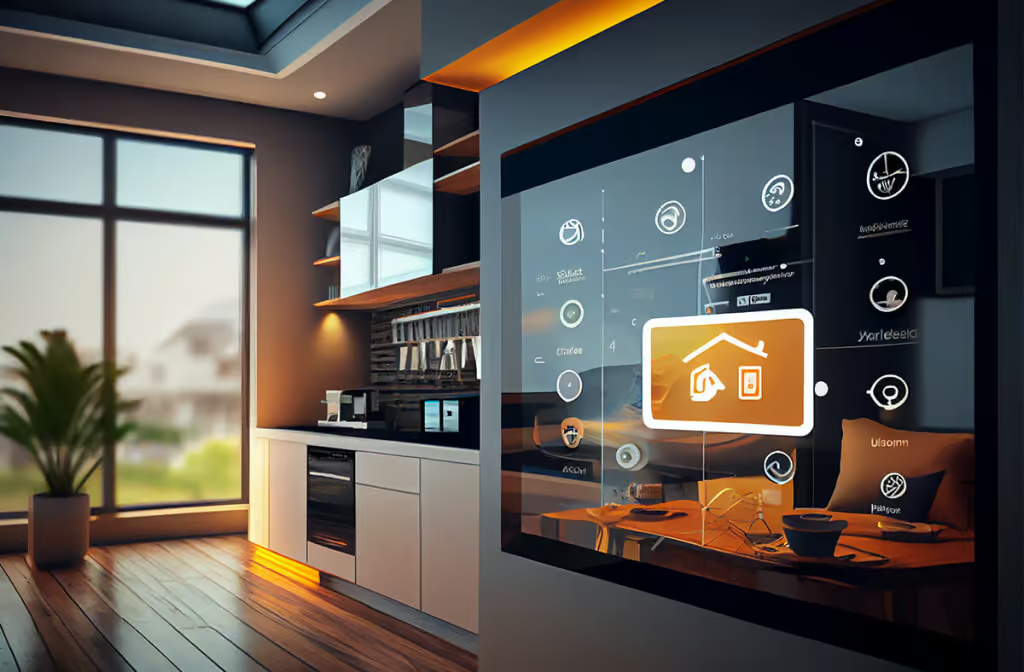
The advantages of smart lighting go well beyond convenience. It affects all aspects of life, from security to health.
Enhanced Convenience
These days, voice control is quite dependable. According to a recent Stanford University study, natural language processing in smart home devices can already achieve more than 90% accuracy in common residential scenarios.
Even better, geofencing can automatically alter illumination based on your location.
Lastly, most LED lighting uses advanced algorithms to learn and adapt to your routines.
Improved Security
Smart lighting is an important security tool. According to a study from the University of North Carolina, proper lighting is one of the top three deterrents mentioned by convicted thieves.
In order to solve this, modern technology may offer more lifelike occupancy simulations than conventional timers, complete with dynamic timing and patterns.
Health and Well-being
What does light have to do with health and well-being?
Interestingly, smart lighting may improve our health. According to research, exposing people to the right light and color throughout the day helps them maintain healthy circadian rhythms.
Smart LEDs can automatically alter their output to match these natural cycles.
Cost Savings
The economic benefits of smart LED lighting are huge and well-established. According to the Department of Electricity, LED lights may frequently pay for themselves in two years.
With advanced controls, the payback period can be lowered even more.
Initial costs have also decreased considerably. The DOE states that LED bulb prices have fallen by 90% since 2008, making the technology more affordable.
Commercial establishments that install smart LED lighting often see a return on investment in three to five years.
Challenges and Considerations
Smart LED adoption faces several key obstacles despite its clear benefits.
Initial Setup Costs
Quality smart LED bulbs range from $25 to $60 per unit. Hub controllers add another $50-150 to initial system costs. Professional installation services typically charge $200-500 per room.
Wireless bridges cost $40-60 for reliable connectivity. However, most homeowners achieve complete ROI within three years.
Compatibility Issues
Legacy dimmer switches often cause LED flickering due to incompatible power modulation. Different wireless protocols create communication barriers between various smart home platforms.
Older home wiring systems may require electrical upgrades for proper LED function. Metal structures can interfere with wireless signals. Some home hubs need more current protocol support.
In addition, standard bulb sockets might not fit innovative LED form factors.
Privacy and Security Concerns
Smart bulbs can expose networks to unauthorized access through outdated firmware. Hackers might manipulate lighting installations via insecure wifi connections.
When default passwords are not updated, they cause security problems. Also, regular security upgrades guard against emerging dangers.
Network segmentation separates lighting systems from critical equipment. Additionally, end-to-end encryption protects all lighting orders.
For protection against illegal control access, multi-factor authentication helps with that.
Future Trends and Innovations
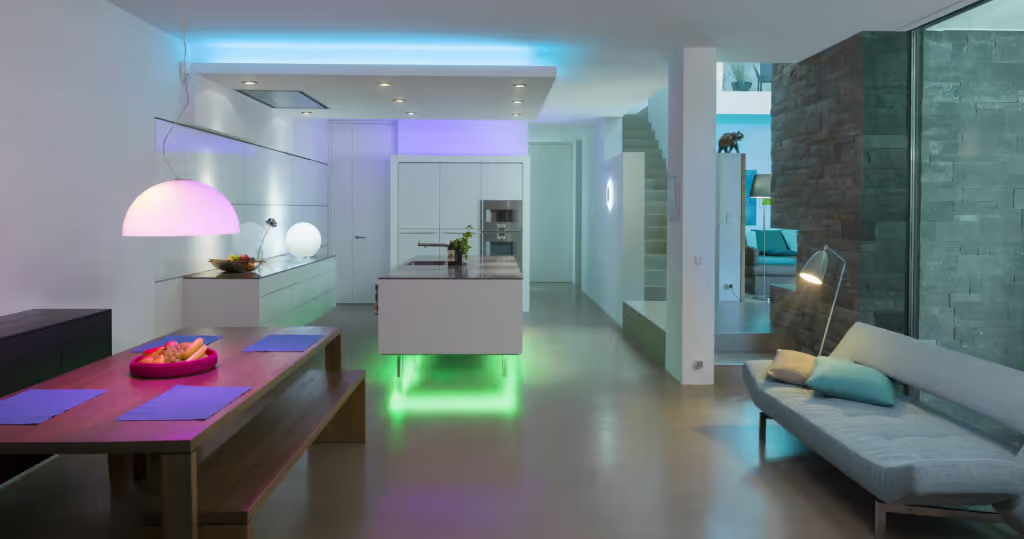
The smart lighting market is still developing at an impressive rate. A few major developments, mentioned below, are shaping its future course.
Matter Protocol Integration
The launch of Matter 1.0 in late 2022 was a breakthrough event for smart home connectivity.
This uniform system has been endorsed by industry titans such as Apple, Google, and Amazon.
They promise to resolve compatibility difficulties that have long upset customers.
Smart lighting manufacturers are quickly embracing this standard, opening the road for really seamless integration.
Human-Centric Lighting
The science of human-centric lighting is gaining momentum.
Research published in Nature demonstrates how specific wavelengths of light affect our biology.
Smart lighting manufacturers are incorporating these findings into their products.
They are therefore creating systems that automatically adjust throughout the day to support natural circadian rhythms.
Sustainability Initiatives
Environmental awareness is driving smart lighting innovation.LED devices must now be more energy-efficient.
They should also have a minimum lifespan of 20,000 hours in order to comply with EU Ecodesign rules.
As a result, producers are reacting by creating designs that use less energy and more sustainable materials.
Personalization and User Experience
Smart lighting is getting increasingly individualized, going much beyond basic automation.
When you go into a room, new technology will identify your facial expression and attitude.
Your lights may adjust before you reach for the switches.
Your games and enjoyment will be precisely synchronized with the room illumination.
Video calls will seem better with auto-adjusted lighting.
Even your sleeping habits will affect how your lights behave during the day.
Real-World Applications
The adaptability of smart LED lighting has produced creative uses in a range of contexts.
Residential Success Stories
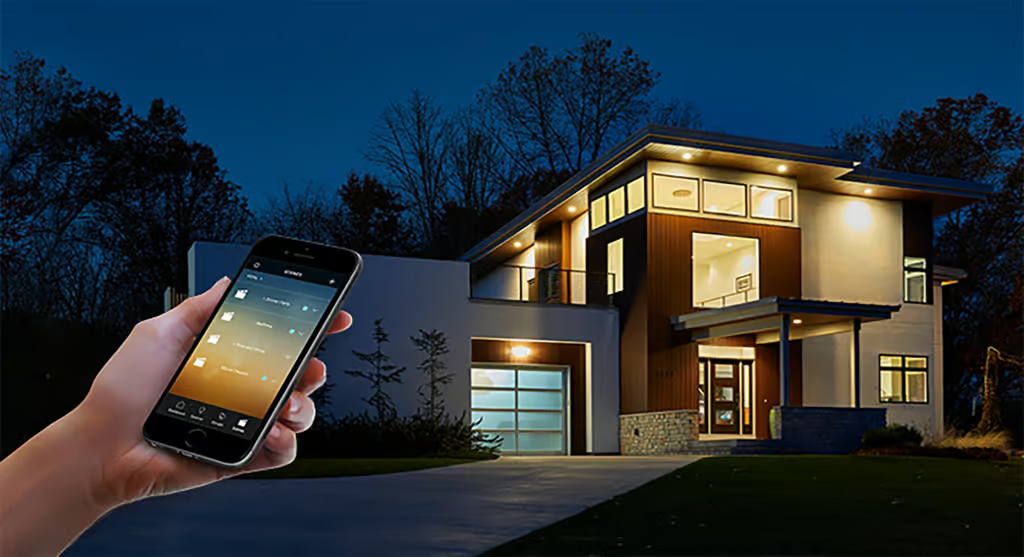
Results from home implementations have been impressive.
According to 2023 research, smart LED lighting solutions can save energy use in homes by 50–75%.
LED solutions are superior when compared to conventional lighting configurations.
Commercial and Public Spaces
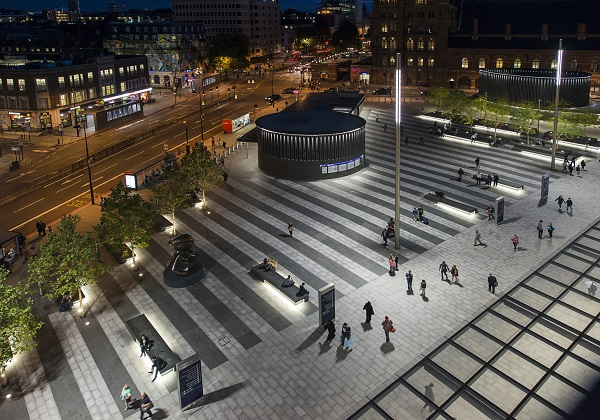
In the commercial sector, smart lighting is transforming workspaces.
The U.S. General Services Administration’s studies show smart LEDs cut federal building energy use by up to 50%.
We’re witnessing the emergence of fascinating new possibilities as technology keeps developing. Light waves are used by Li-Fi technology to send data.
Consequently, in lab settings, it has reached rates of up to 224 gigabits per second.
Such advancements, however still at the experimental stage, suggest that lighting will play a larger part in our future.
Innovative Projects
Dubai’s Smart City program links 4,981 LED streetlights in Business Bay, cutting energy usage by 65%.
Furthermore, the Johan Cruijff Arena in Amsterdam powers both the field and the internal spaces with 5,000 smart LEDs that are fully integrated with IoT technology.
The Edge building, not far from the Arena, features 6,500 linked LED lights and 20,000 sensors, making it the world’s most intelligent office space.
Conclusion
The future of lighting is more than just brilliant; it is intelligent, efficient, and sensitive to human needs.
Smart LED lighting is more than simply a technology advancement.
It is a fundamental change in how we interact with our surroundings.
Contact olamled.com to learn about the most recent breakthroughs in smart LED technology and find solutions for your area.

